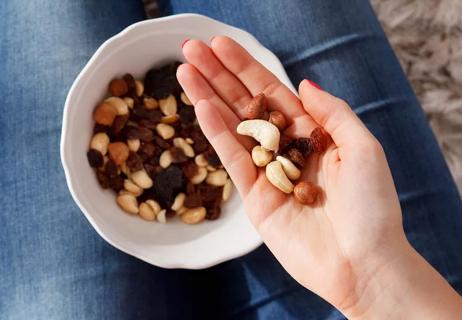What Chakras Are and How Yoga Can Help Balance Them
A guide to yoga poses that can help you get balance
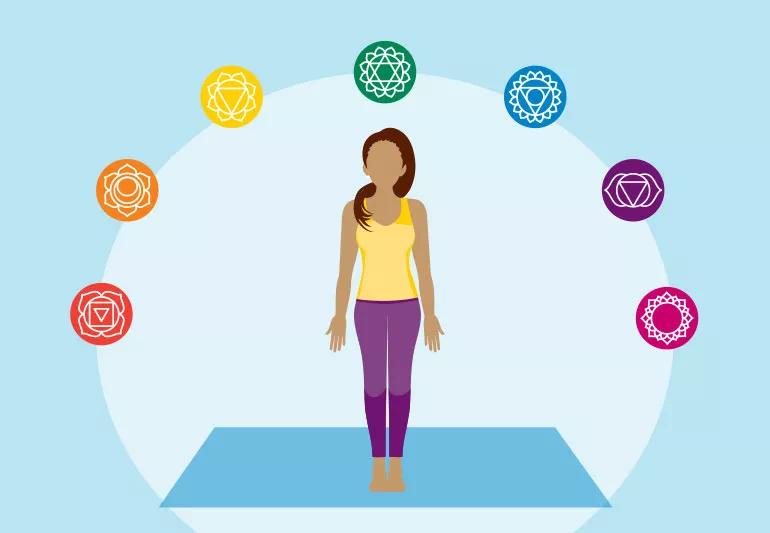
Healthcare professionals often praise the benefits of maintaining balance in your life. This could mean eating a nutrient-packed diet, exercising in order to reduce stress or seeking out positive activities to keep your mental health strong.
Cleveland Clinic is a non-profit academic medical center. Advertising on our site helps support our mission. We do not endorse non-Cleveland Clinic products or services. Policy
Balance is also an integral part of yoga — and not just physically. Sure, yoga is associated with building muscle strength and flexibility, but many people also find practicing to be a spiritual experience. In other words, yoga gives your well-being a boost.
What are chakras?
If you’ve ever taken a yoga class, you might have heard the term chakras mentioned in relation to certain poses or practices. In Sanskrit, the word chakra means “wheel” or “circle,” and it’s a concept historically associated with ancient India, as well as Tibetan Buddhism and other faiths.
You can think of chakras as places in your body where energy — in yoga terms, prana — congregates or is concentrated. “Chakras are centers of a life force, so to speak,” says yoga therapist Judi Bar, E-500 RYT, C-IAYT. “And they’re reinforced by our breath, by positive thoughts, by eating healthy, and by exercising, to name a few. This life force, or this energy in our body, responds or expands to more positive things.”
In yoga parlance, prana travels around the body between chakras via channels called nadi. These channels also come into play with acupuncture, a form of ancient medicine that involves tiny needles pricking the skin. “When a needle is put into the body during acupuncture, it follows a line through our body that helps to support energy and clear energy,” Bar says.
Just as your energy might ebb and flow due to different external forces — for example, being stressed out or sleep-deprived — chakras can also be affected by things such as lifestyle habits and emotions. This is because chakras are intertwined with the mental, emotional and spiritual parts of your body.
The seven chakras
There are seven chakras, each of which corresponds to a different section of the body and a different color. (Sometimes you might see these chakras linked to a different part of your endocrine system or nervous system, although that’s not backed up by scientific studies.) Chakra names were originally written in Sanskrit, although these are the names we typically call them today.
Here are the seven chakras and their associated colors and locations on the body. (Note: Sometimes the colors of the upper chakras vary depending on the school of thought associated with them.)
Root chakra
Color: Red
Location: Bottom of the tailbone
Sacral chakra
Color: Orange
Location: Between the tailbone and the belly button
Solar plexus chakra
Color: Yellow
Location: Belly button area
Heart chakra
Color: Green
Location: Center of your chest
Throat chakra
Color: Blue
Location: Pit of your throat
Third eye chakra
Color: Indigo
Location: Between your eyebrows
Crown chakra
Color: Purple
Location: The top of your head
How to align or balance your chakras
Simply taking time out to relax can start to get your balance back in shape. “Let’s say I’m not pushing for a deadline, or I’ve had a good meal and I’m able to take a nice walk with my dog after work or after dinner,” Bar says. “My body, my mind, everything feels a little bit better. I’m allowing that flow to come through me. Nothing is blocking that energy, which happens when I’m feeling fear, or feeling insecure or nervous.”
Doing yoga is also a great way to balance your chakras. In fact, each chakra has a corresponding different yoga pose and can also respond to our breath and meditation practice.
However, Bar stresses that even if you focus your movements on one chakra, you’ll feel benefits across multiple places. “It’s just like when you move your leg,” says Bar. “It will affect another part of your body. There’s no one pose that affects only one chakra. When you do one motion, it will affect others.”
Mountain Pose [Root chakra]
This pose involves you standing up straight with your knees slightly bent and your feet spread apart enough so you don’t feel off balance, while moving your shoulders back slightly and breathing slowly.
“Mountain is the basis of all poses,” Bar says. “This pose is about standing tall and focusing on grounding our legs on the floor. That’s one of the best poses we can do for our first chakra, because our root chakra is about our attachment to the Earth or being grounded.”
Bar adds that mountain pose in particular is a good example of movement that affects many chakras. “When you do mountain pose, it’s very specific to the lower part of the body,” she says. “But just like how all our body systems are tied together, if we’re starting to align and get the energy moving a little bit better in one of the chakras, it’s going to affect the whole system.”
Knee-to-Chest [Sacral chakra]
Done while you’re laying down, this pose will find you pulling one or both of your knees to your chest, so you look like you’re curling up into a ball.
“You’re hinging right at the hip socket,” Bar says. “And as you’re pulling in, that’s a really nice second chakra pose. This is pretty accessible. People can even do that in bed.”
Spinal twist [Solar plexus chakra]
The spinal twist is done while sitting on a mat or a chair and aims to zero in on your belly button. “As you stay tall while sitting, point your knees, hips and toes in one direction,” Bar says. Then gently twist your torso, looking over your shoulder, and taking three slow, deep breaths before turning the other way and repeating on that side. “As you lengthen your spine to begin to move, and as we twist, we’re hitting that solar plexus area.”
Fan pose [Heart chakra]
A modified version of the fish pose, the fan pose aims to open your chest up. “You’re opening up like a fan,” Bar says. “Put your hands behind you and hold the seat back with straight arms, while you’re seated. Then pull your shoulders back and just gently look out.” She adds that the fish pose is “really hard” and could cause a neck injury, so it’s best to avoid that.
Neck stretch [Throat chakra]
This is another pose adapted from elsewhere, the bridge pose, which emphasizes the impact of movement. Drop your chin so it rests on your chest and roll your head from side to side while being careful not to strain too hard. “It opens the back of the neck,” Bar says, “and it’s getting blood flow all around the neck to that center.”
The Gaze [Third eye chakra]
Bar says there are a few ways to embrace this pose, but that the “safest and easiest way” is to focus your gaze with the intention of clear seeing. “In meditation, it could be that you’re gazing at a candle,” she says. “But, generally, in a room, you would focus on an object ahead of you that’s not moving. It could be something in nature if you’re outside. Or it could be you’re just sitting here, gazing forward and letting your eyes relax a little bit, with that soft focus.”
Modified downward dog [Crown chakra]
In yoga’s downward dog pose, you’re placing your hands and heels on the floor and bending over, so your body is in a V-shape. However, to do this with a chair, you can place your hands instead on the seat of a chair and bend over, keeping your knees bent or straight and pulled back. Once again, the idea is you’re getting some blood to flow to your head.
Breathing exercises and meditation
In addition to doing yoga, breathing exercises or meditation can also provide overall balance. “In general, meditating, relaxing and breathing will certainly affect and help to balance chakras,” Bar says. “Conscious breathing in it of itself is good. That can help you be a little bit more balanced, be a little bit more present. If you downregulate that stress response overall and calm your thoughts, your systems are going to work better.
Focusing on a particular area of your body during breathing and meditation (which is sometimes called chakra meditation) can also be helpful.“My first introduction to a chakra meditation was a teacher that just said, ‘OK, think about your tailbone area, and let’s picture a beautiful bright red apple or a red ball or a red light, and feel the warmth of that red,’” Bar recalls. “And you may even see or feel some dark spots, or you may feel it being very bright and vibrant. Notice what you’re feeling with it, and take a big breath in, with the intention of letting go of any tension. That’s very specific of a chakra meditation, and it would go through all the colors.” Not everyone can see or feel in this way, but don’t be discouraged — it is still working.
The importance of finding balance
At the end of the day, it all leads back to balance. “When we talk about a balanced lifestyle, it’s that you exercise, you have good work, you have family and friends, you have spirituality, you have education,” Bar says. “This goes with that big picture idea of balancing our mind, body and soul. It makes a whole person. It gives good balance.
“It’s basically the same thing when we talk about energies. If we’re neglecting some part of our behavior or some part of our life, it’s going to reflect in the energy of our body also. We’re one integrated system. Everything works from each other.”
Learn more about our editorial process.
Related Articles
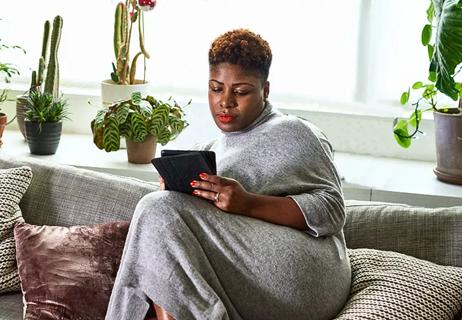
5 Surefire Ways To Help You Relax Right Now
Enter relaxation mode by managing your breathing, releasing muscle tension and practicing mindfulness

Brown Noise May Help You Focus and Relax
Thunder, waterfalls and heavy rain — these low-frequency sounds might help cancel out disruptive noises and thoughts
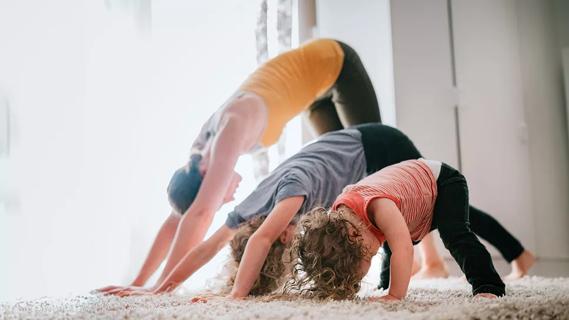
Yoga for Kids: Benefits and 17 Poses and Exercises To Get Started
Kids’ yoga can help kiddos become more aware of their physical, mental and emotional selves
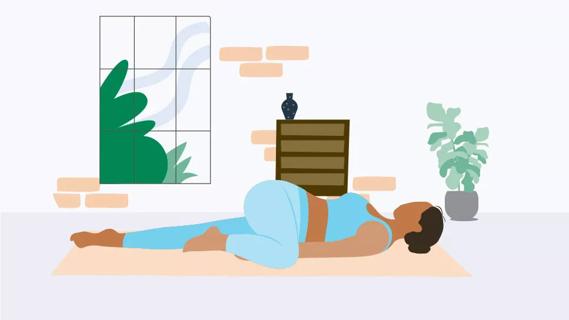
How Restorative Yoga Can Nurture Your Mind, Body and Spirit
This mindful practice is designed to give you mental and physical relaxation
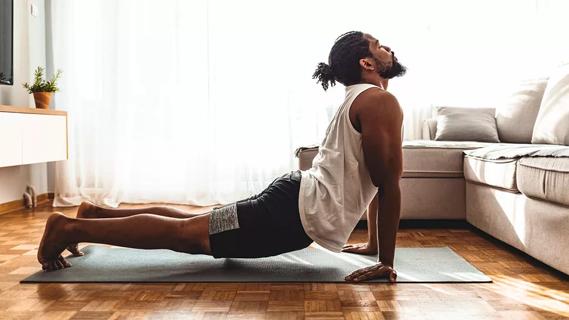
Yoga vs. Pilates: The Differences Between Two Great Exercises
Both practices are worth exploring and offer amazing health benefits

5 Yoga Poses You Can Do Right Now To Strengthen Your Core
You can work more than your abdominals
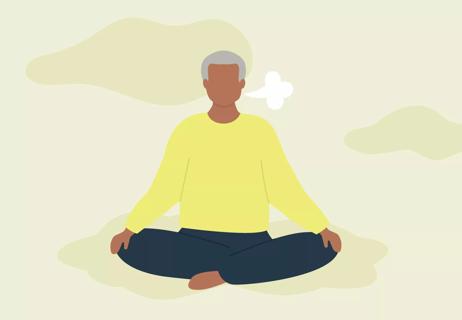
Breathwork for Beginners: What To Know and How To Get Started
Breathing techniques may help move your body into a more relaxed and stress-free state
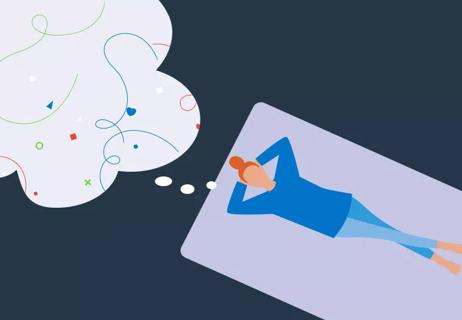
4 Benefits of Sleep Meditation and How To Do It
This bedtime exercise can help you fall asleep faster (and stay asleep)
Trending Topics

Here’s How Many Calories You Naturally Burn in a Day
Your metabolism may torch 1,300 to 2,000 calories daily with no activity

5 Sinus Massage Techniques To Relieve Pressure and Promote Drainage
A gentle touch in all the right places may help drain your sinuses
